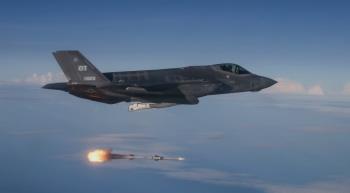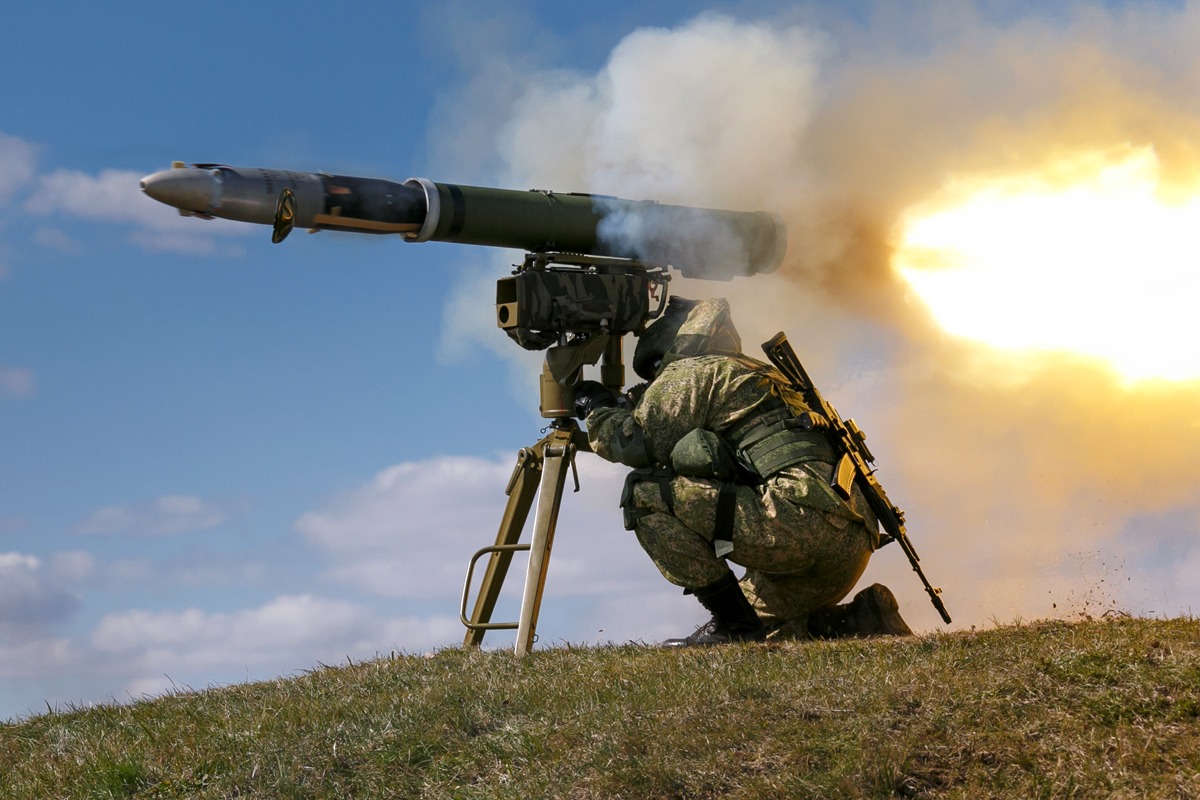Alwaght- With the withdrawal of a major part of Israeli forces from Gaza battlegrounds, the eyes are these days on the northern Israeli borders with Lebanon, where the developments remain heated and the Israeli suffering from chaotic security, military, social conditions in this region risks ignition of a new front.
Actually, despite the Israeli leaders' claims that they have under their management the tension level with Hezbollah, the Israeli media believe that the developments on the northern front are going on in favor of the Axis of Resistance and the Lebanese movement has already managed to tip the scales and foist its military might on the Israelis.
On Friday, Yedioth Ahronoth published a report on the general facts of the war on the northern front and the confrontation with Hezbollah in the past six months. The report states that Hezbollah fired 3,100 rockets and mortar shells and 33 explosive drones during the war, while 4,400 rockets were fired during the entire 33-day war in 2006.
The newspaper added that after six months, moving north looks as an inseparable part of the battle. Hezbollah during this time fired 240 heavy bombs, weighing between 100 to 500 kg, causing damage as serious as the Israeli bombardment by the warplanes. These bombs, the newspaper continues, destroyed Galilee Division's headquarter at the Bernet military base.
Reviewing the military capabilities of Hezbollah, the Israeli newspaper maintained that Hezbollah fired at least 700 anti-tank missiles, some of which were of advanced type, and not only hit Israeli settlements and positions on the line of contact, but also attacked strategic bases such as the air control unit in Meron. When it comes to drones, Hezbollah launched at least 33 explosive drones towards Israel.
Publishing the pictures of the damages to the infrastructures in the north, Yedioth Ahronoth reported that presently no specific date can be set to the return of the displaced Israeli settlers of border areas. According to this newspaper, the latest estimates show that Hezbollah has 200,000 rockets of various types, about 100,000 mortars of various sizes, and tens of thousands of Grad missiles capable of reaching Haifa port city.
The Israeli newspaper pointed out that now the conditions of the conflict on the northern front are different from October 7, and that the hardline government of Netanyahu has failed to take any serious measures since its assumption of power in December 2022, and now the Israeli settlers say they are living in hell amid threats posed by Hezbollah.
Only a stronger army can take on Hezbollah now and this takes time, the newspaper holds. Though the public are pressing to get rid of this situation, Israel is now paralyzed under the fear of Iranian retaliation to April 1 embassy attack.
The report of this Israeli outlet comes while the still limited clashes between Hezbollah and the Israeli army in the midst of the Gaza war have raised concerns about the conflict expanding into a regional war. The US and other Western countries are afraid of the expansion of the confrontation with Hezbollah, and for this reason, in recent months, American and French officials have tried to halt the conflict on the northern front with a security agreement.
Hezbollah's gains for post-war period
Undoubtedly, the security and military conditions for Israel in the front of Hezbollah post-war would be nothing like before the war, since the Lebanese movement has managed to make substantial gains that help determine the course of future power equations against its Israeli enemy.
One of these gains is Israel losing the capability to bet on its power to bring Lebanon and Hezbollah to its knees and Hezbollah’s success to foist on Tel Aviv the battleground conditions in the north at all deterrent and operational dimensions and effects.
Another Hezbollah success is its development of deterrence that keeps Israel away from waging war on Lebanon and imposes an equation of protection of Lebanese civilians. Despite the fact that Hezbollah has been involved in war over the past six months, a majority of Lebanese areas have been immune to Israeli attacks and southerners remain in their homes.
All these will prevail for the post-war period for the enemy, the period Hezbollah chief Sayyed Hassan Nasrallah described its most prominent feature as "strengthening Lebanon's power and deterrence."
Certainly, Hezbollah will seek to exploit the effects of the new equations of deterrence in cases of conflict with the Israeli regime over national interests, such as the important and decisive issue of oil and gas extraction from the Mediterranean gas field. Thanks to its clout, Hezbollah will stress on the necessity of resolving this case.
Earlier, Nasrallah, referring to the gains of Lebanon in war, dismissed the Israeli demand for Hezbollah withdrawal from the south of Litani River as "nonsense" since he believes that war outcomes determine the equations and Lebanon is now in a position of power. These remarks brazenly express Hezbollah’s intention to continue presence in the south of Litani River, a border area.
Israel struggling to feign success on northern front
Indeed, ongoing Hezbollah attacks have put Netanyahu government in a tight spot, and the PM needs to feign some gains against Hezbollah to win the public opinion's contentment.
Some observers believe that exit from Gaza is aimed at bolstering the positions on the northern front to restore the pre-war equation and make security guarantees to the settlers.
In recent months, Netanyahu's government has resorted to many ways to return the displaced settlers to the northern areas to paint them as safe to people's return to their homes, but the settlers said that as long as the Hezbollah forces do not move to the Lebanese side of the Blue Line and their attacks do not stop, they will not return.
The settlers do not trust the empty promises of the far-right figures in the cabinet and take the warnings of Hezbollah leaders more seriously than the promises of their own officials. Currently, more than 60,000 settlers are displaced from the northern regions, and according to Seyyed Hassan Nasrallah, more than 2 million Israelis will be displaced in the event of a full-scale war.
It is certain that end of war in Gaza and with Hezbollah will make a prelude to collapse of Netanyahu cabinet, and given the threats of quitting the cabinet by National Security Minister Itmar Ben-Gvir in case of the end of war, it can be said that the PM has to keep the war unfolding to ensure continuation of his political life. Since Netanyahu has made no gains but casualties in Gaza war, he is seeking achievements from other fronts. At present, intensification of tensions with Hezbollah is the only choice to unite the ranks in the occupied territories for Netanyahu to hold the power longer.
Since the Israelis think that part of the possible Iranian retaliation to the Israeli airstrike on its embassy's consular section in Damascus would come from Lebanon, Tel Aviv leaders are seeking to strengthen their fortifications on the border with Lebanon and counter the attacks. To face the Axis of Resistance's operations that have been ongoing since the past months, Israel needs fresh forces, but according to the Israeli media, the Israeli troops, especially the reserveists, are too exhausted to fight in other fronts due to the war of attrition they are fighting in Gaza, and this means that pinning hopes on these spent and worn-out forces produces nothing but more defeats.



























